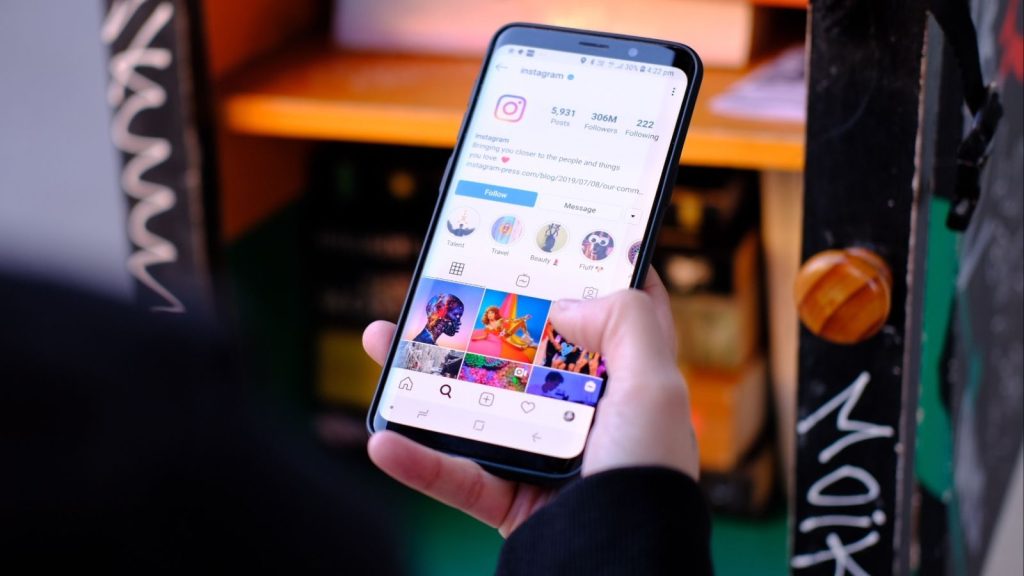Product Photography For Brands
Have you ever looked at a website and thought that the design was great but the images were lacking? Or maybe that both the site and the images were okay, but that they didn’t really work together? You need to make sure that the aesthetics of your product photography mesh with your brand identity.
Both are common problems, especially as retail moves online and omni-channel distribution is becoming the new standard. Product Information Management (PIM) systems evolved as companies were transitioning from a brick-and-mortar mindset to e-commerce and integrated communication streams, and not all companies kept pace. The result is decent website design (because they have been tweaking it for years) and lackluster images (because they have had e-commerce capabilities for a far shorter time) – but it doesn’t have to be that way.
Instead, you can use product photography to establish your brand.

The Instagram Effect
If it makes you feel better, blame Instagram. “Call it the ‘Instagram Effect’ — that filtered, shadowed, sharpened, brightened, tilted, faded, structured, saturated way of seeing life through a lens,” explains Adweek. “It’s changed the way people portray themselves and see others. And it’s having the same impact on brands.” Companies are increasingly showing images of what it means to be their customer, like Taco Bell posting pictures of friends sharing tacos, but it has also moved consumer aesthetic from propped and posed to something more authentic. Companies show their wares while they’re in use, and the difference matters.

Authenticity and After-Sale Use
The way you display your products is critical. If you are just shooting against a white background, you are missing out. People in today’s market respond to authenticity, and you just don’t get much authenticity by photographing in front of a white wall. You don’t say anything about your brand, either. For instance, imagine you are selling a can of Coca-Cola. Showing it in front of a blank background doesn’t tell your customers anything other than the product exists. Now imagine a more authentic approach. A couple sharing a Coke with two straws or a Little League teaming grabbing bottles of Coke from a cooler. It sells the experience in an authentic way, from the after-sale perspective.

Flaunt Your Differences
Authentic marketing also gives you the opportunity to highlight your products’ differences. For instance, think of Lenovo’s Yoga laptop campaign. A laptop is a laptop, and beyond certain aesthetics and technical capabilities, there is very little to differentiate one company’s laptop from another. But when Lenovo came out with its Yoga, a laptop designed to let you flip the top back and use it like a tablet, they made sure that all of its advertising, as well as its product page on the company’s online shopping platform, demonstrated what made the Yoga special.

Choose the Editing Effects
Lastly, there is the editing effects. “Here’s a litmus test you can try: choose a product or company and think of a photographic scene that represents its brand,” says DesignerFund. “The more clearly that brand has established its photographic identity, the easier (and more specific) that photo will be.” National Geographic is a great example. The magazine uses vibrant imagery with a high contrast. It’s possible to look at a photo and say that it looks like it came from National Geographic. You want people to identify your brand just as easily. In the end, the shots you select and the editing adjustments you use can create a brand identity stronger than any sales price.
If you are ready to take your PIM to the next level, try Catsy PIM Software. We can help you develop a photography and Product Information Management strategy to make building your brand while managing your omni-channel experience simple.

